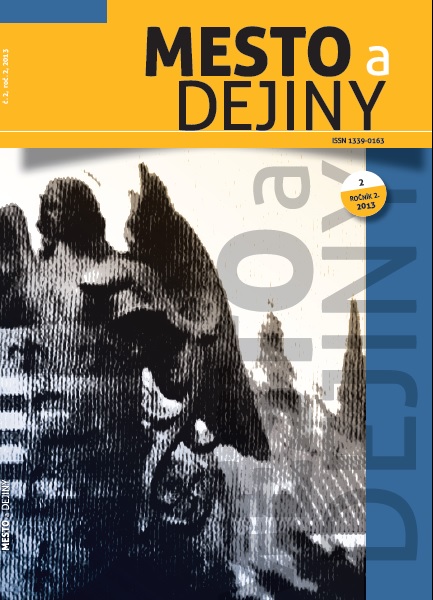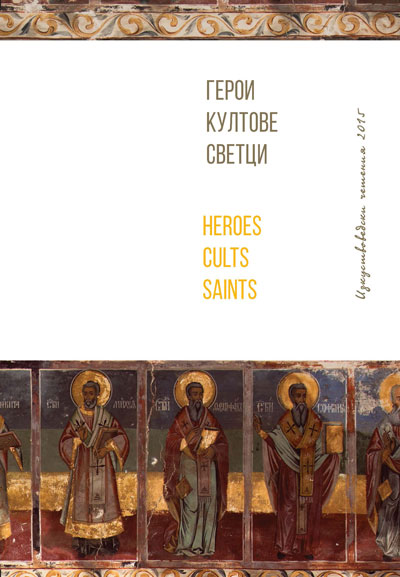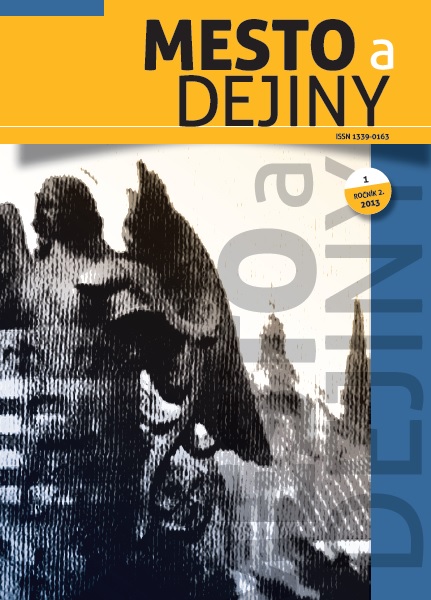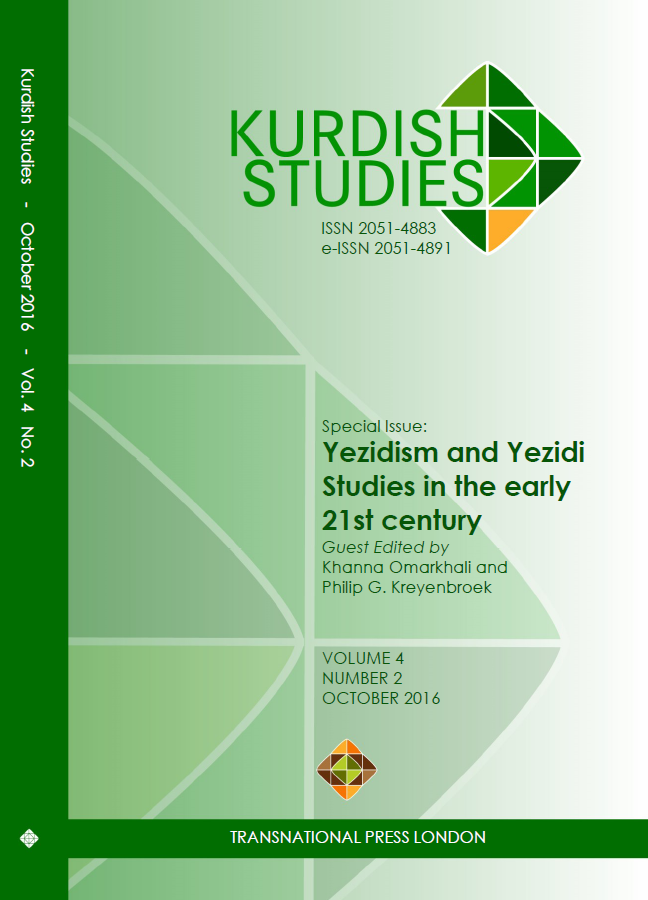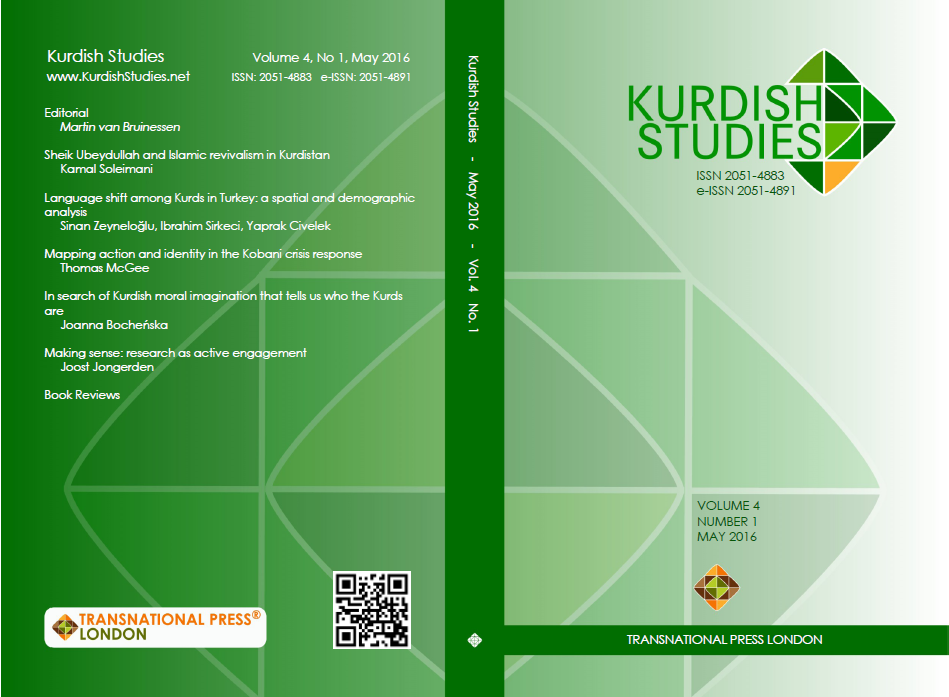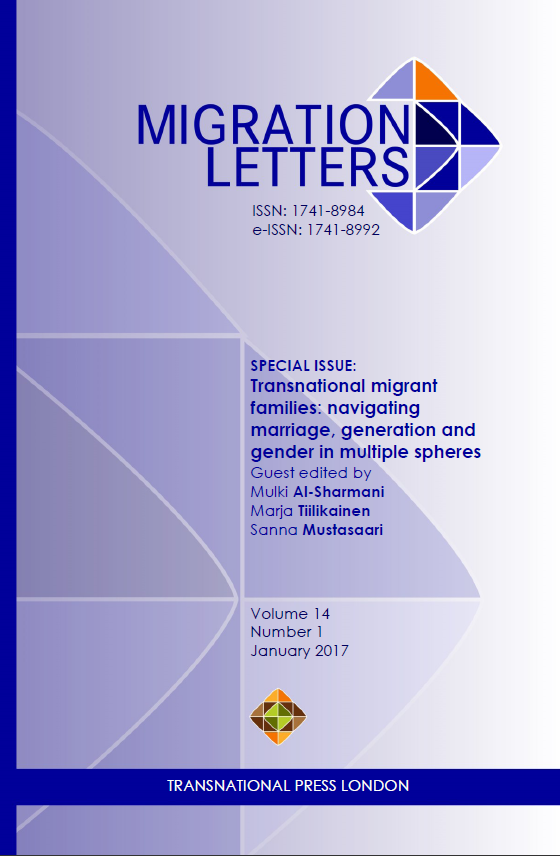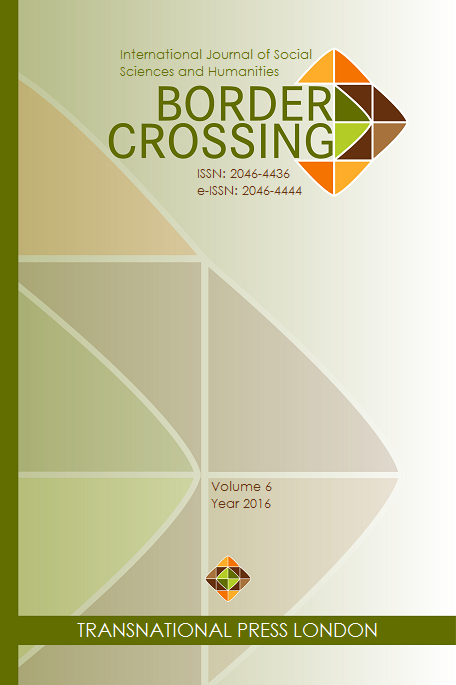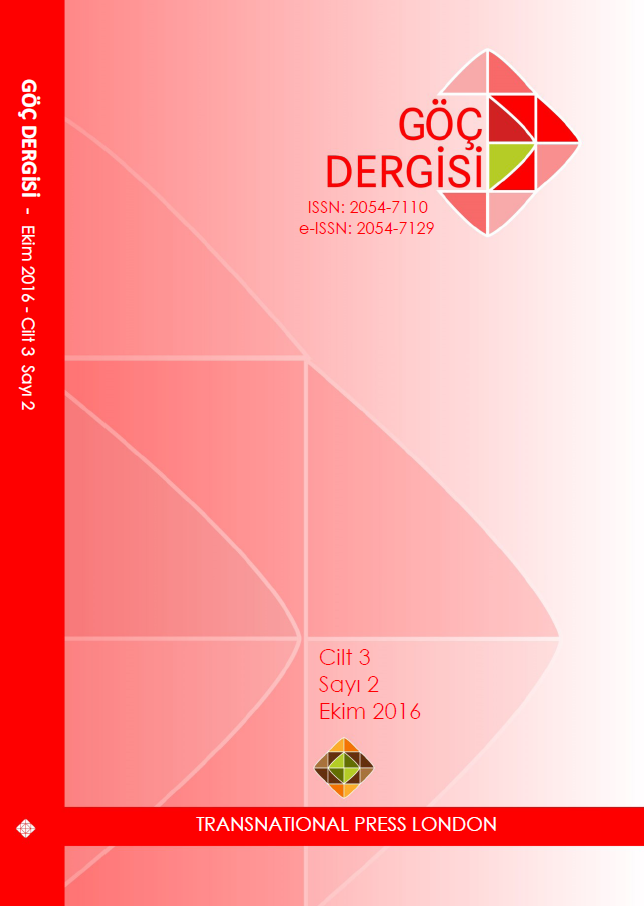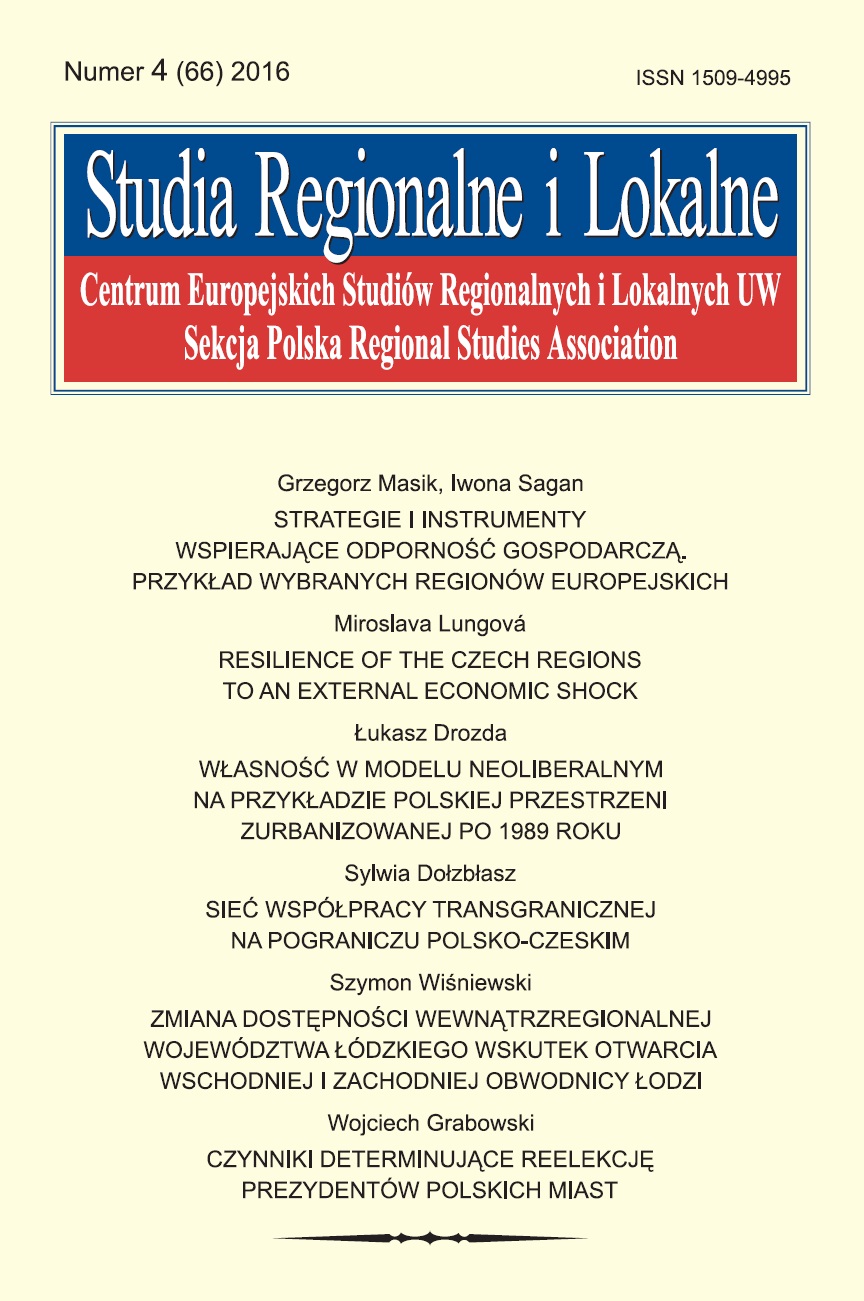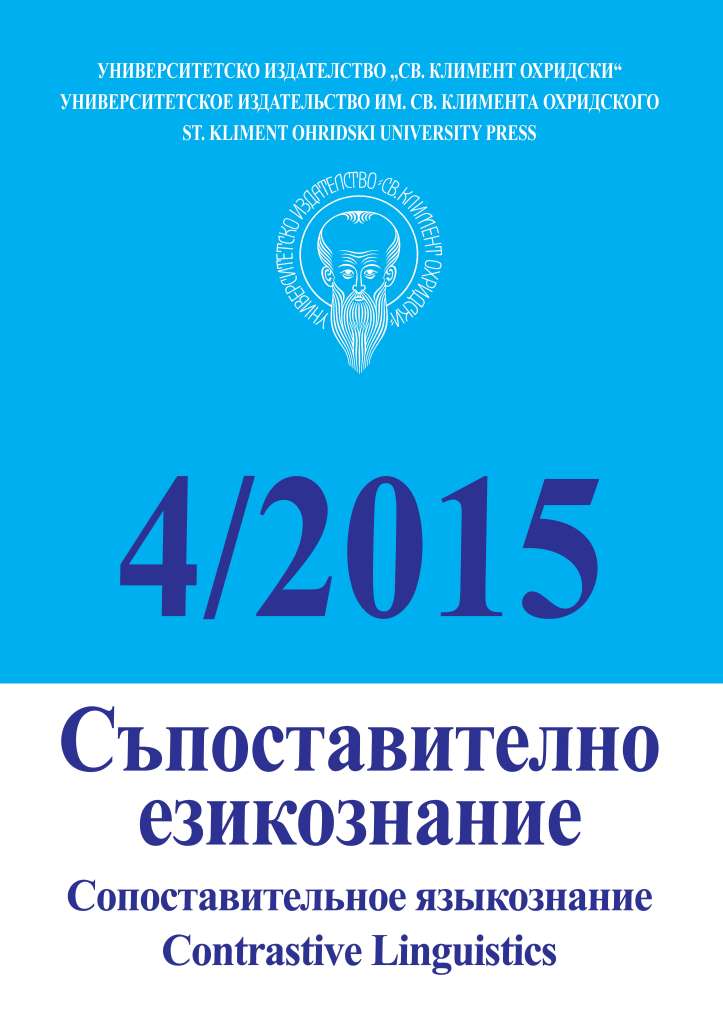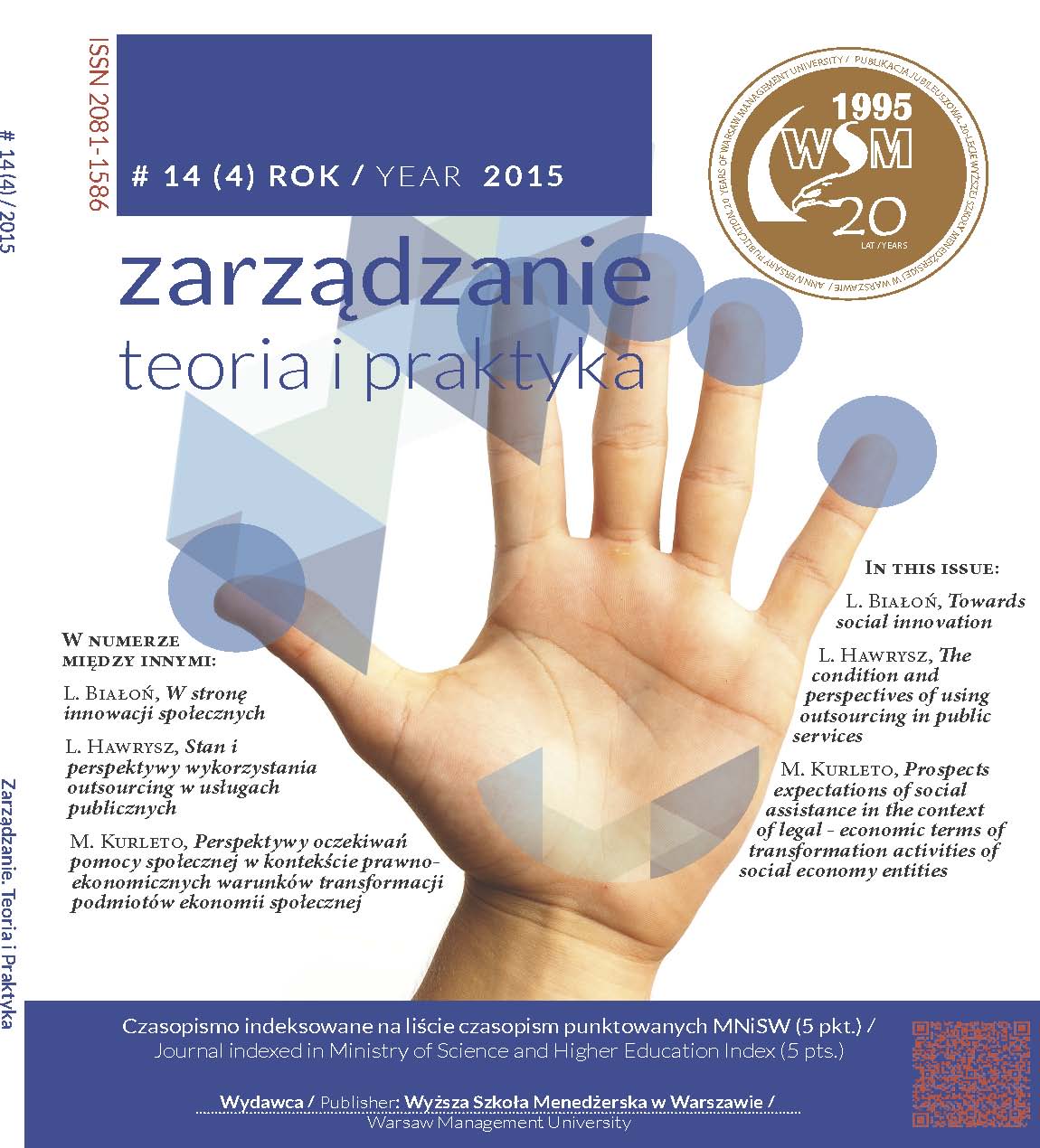Author(s): Ibrahim Sirkeci / Language(s): English
Issue: 2/2016
People move, finances move, so does the cultures, artefacts, goods and food. Remittances literature expanded significantly in the last two decades to cover more of what we refer to as social remittances. Social remittances refer to often intangible elements, cultural artefacts, habits, opinions, attitudes, beliefs, values transferred by migrants from destination countries to their home countries. Through studies on migrant remittances, we know that even in terms of financial transfers, remittances operate in corridors and in a two-way fashion. One third of remittances are sent to countries which are called “advanced economies”. United Kingdom, Germany, France are among the top remittance receiving countries as well as leading the table of sending countries. In this paper, I explore the ways in which social remittances change the foodscapes of destination countries with particular reference to Döner Kebab in the United Kingdom. Until two decades ago, Döner Kebab was a rare meal you would enjoy when holidaying in Turkey or if you happen to be in that cosy corner of North London. Nevertheless, in 2010s Britain, it became a popular fast food, particularly when it comes to what to eat after a night out. One may find an outlet selling Döner Kebab literally in every city, every town, every neighbourhood, every village in Britain. Multiple forces were in play in the making of Döner Kebab a British national food: 1) practicality of the food itself, 2) growing number of immigrants from Turkey arriving in Britain, 3) labour market disadvantages immigrants face, 4) asylum dispersal policies of the 1990s and 2000s, 5) declining incentives making small shops not viable economically, and 6) increasing number of British tourists visiting Turkey. In this article, a number of hypotheses are proposed for a conceptual model explaining the ways in which foreign food becomes part of the national food/cultural heritage in destination.
More...
